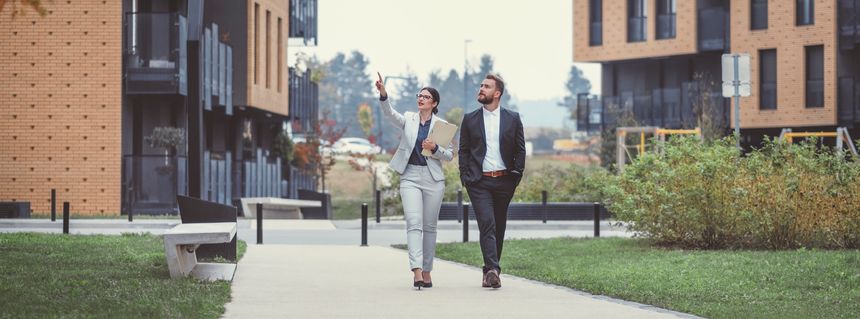Vista Tower: Secretary of State v Grey GR Limited Partnership
This case concerns an application to the First-tier Tribunal (FTT) by the Secretary of State for Levelling Up, Housing and Communities against Grey GR Limited Partnership, the Respondent, for a Remediation Order compelling a landlord freeholder to remedy defects in Vista Tower, Stevenage.
The case underlines the general trend of the courts to uphold the principle that leaseholders should not be liable to bear the costs of remedying fire safety defects.
The case was brought by the Secretary of State representing a number of leaseholders.
Under section 123 of the Building Safety Act 2022, a remediation order (RO) is an order, made by the FTT on the application of an interested person, requiring a relevant landlord to remedy specified relevant defects in a specified relevant building by a specified time.
Grey GR Limited Partnership qualified as the relevant landlord.
Vista tower is a 16-storey residential tower block in Stevenage built in the 1950s/1960s standing over 45 metres tall. It was originally constructed as an office block but was converted in about 2015/2016 into 73 flats by the previous freeholder.
In 2018 the Respondent bought the freehold as part of its investment portfolio for the benefit of the Railpen Pension Fund.
The flat leases require the landlord to maintain the structure and the exterior of the building.
Safety issues were identified in 2019 including combustible core panels as well as a lack of effective cavity barriers. The value of the defects was approximately £14.5M.
Interestingly the parties had agreed the specification of relevant defects and remedial works, and the programme for carrying out those works, but they could not agree whether an order should be made or what the terms of any order should be.
At the time of trial, the Respondent had begun works with 18 months remaining before practical completion. It had entered into a building contract and grant funding agreement to fund the remedial works.
The Applicant stated that as there was no just and equitable test for RO’s unlike Remediation Contribution Orders, if the qualifying conditions were satisfied then an RO must be made, ie the FTT had no discretion to grant the order. A contrary argument was raised by the Respondent, but the FTT felt it had discretion to grant the order under Regulation 2 (2) of The Building Safety (Leaseholder Protections) (Information etc.) (England) Regulations 2022: “The (FTT) may make an RO under section 123 of the BSA…”
The FTT decided that when exercising its discretion to make an RO, the works required and situation of the parties were relevant considerations. It also found there was no political motivation by the Applicant in making the application.
There was no finding that the Respondent acted unreasonably in seeking grant funding and not forward funding the works even though this delayed commencement of the works.
The Respondent argued that an RO is similar to an order for specific performance requiring it to repair or maintain the relevant building. According to equitable principles an RO should not be granted unless necessary or desirable. The FTT rejected this argument and found that an RO may appear similar to an order for specific performance, but different considerations apply. Perhaps the tribunal did not want to create a precedent and be held to equitable principles which Parliament might not have intended in drafting the legislation. The FTT stated: “the focus is not on providing redress for non-compliance with a legal obligation (as with damages or specific performance), but on remediation of life-threatening building safety defects in tall residential buildings.”
The Respondent maintained that as it had entered into a building contract and grant funding agreement (GFA) for the remediation works an RO did not provide any practical effect. However, the FTT found an RO could still be made as a backstop to provide reassure to the leaseholders and for accountability purposes – “the tribunal also agrees with the Applicant that the whole focus of the BSA is on leaseholder protection. 57 of the leaseholders at Vista Tower have asked the tribunal to make a RO and they are not party to either the Works Contract or GFA. The works have only just started and are scheduled to last at least a further 17 months. In the circumstances we consider it is appropriate to make a RO but as a backstop to give reassurance; this is not a fault-based order…..”
The FTT went on to say that applications could only be made to it after the date of practical completion. This, they felt, reflected the novel nature of the remedy and practical approach.
The main message this case conveys is that leaseholder protection and building safety are paramount and the FTT will adopt a practical approach to ensure those aims are delivered, even where works have already commenced.
Najma Dunnett



/Passle/57bd9d773d94740310eec5b7/MediaLibrary/Images/2025-12-19-11-51-08-089-69453c2c9b03a4fc92652a15.jpg)
/Passle/57bd9d773d94740310eec5b7/SearchServiceImages/2025-12-17-15-20-33-035-6942ca415555b955e430f91b.jpg)